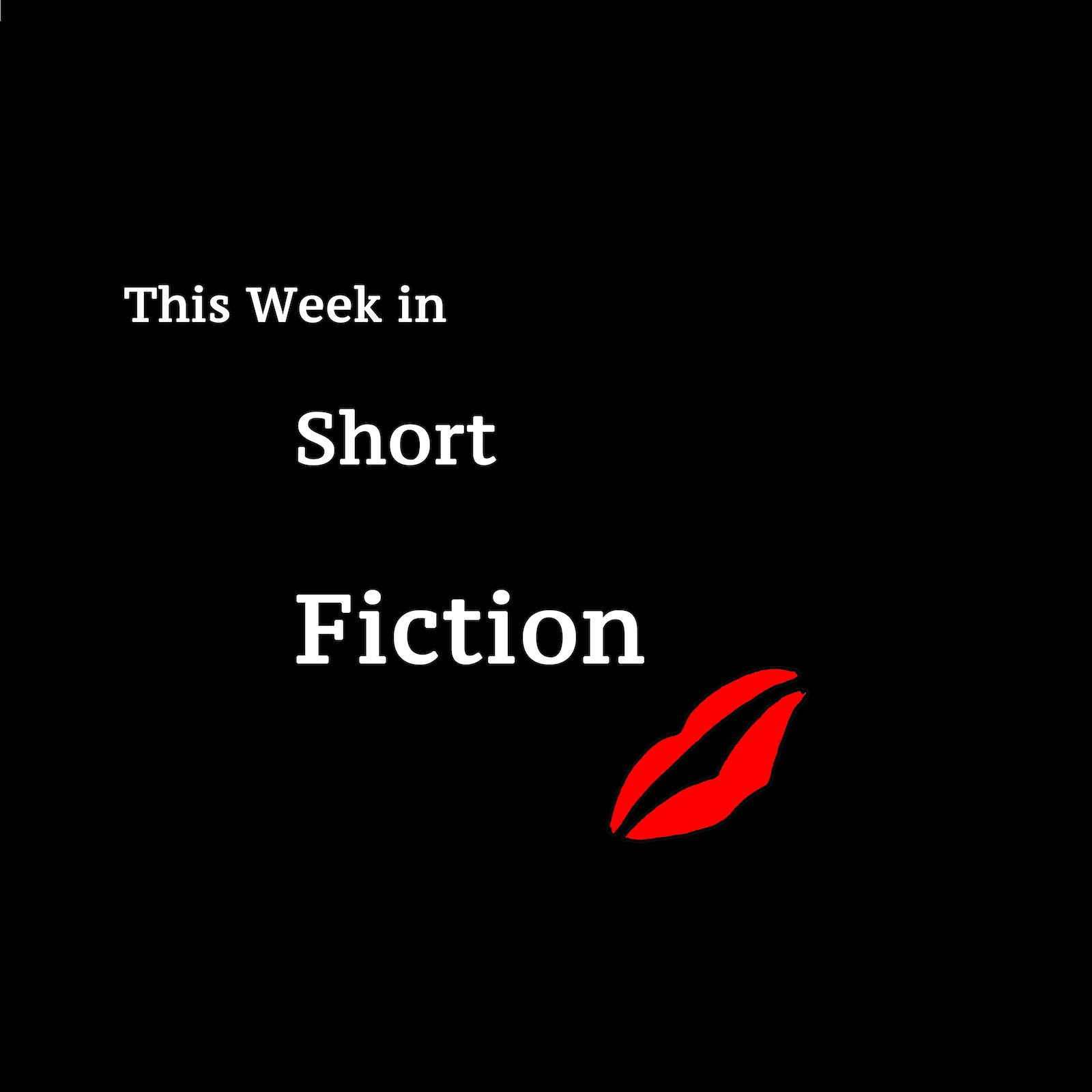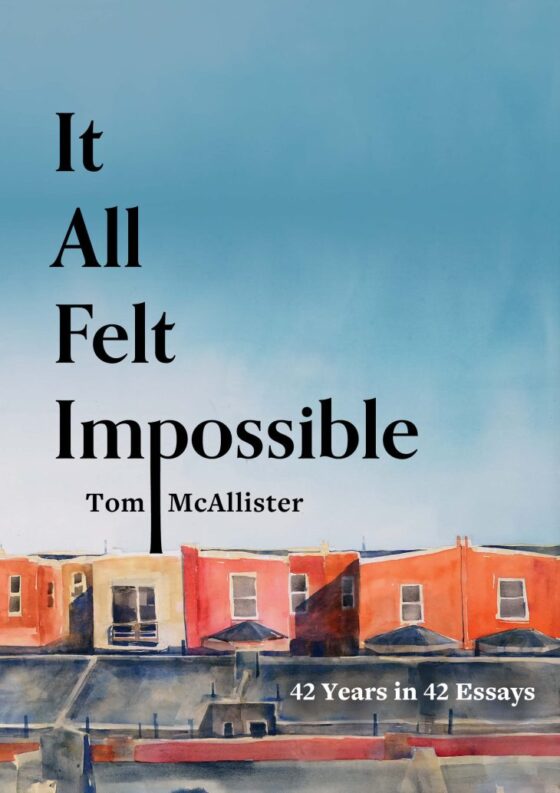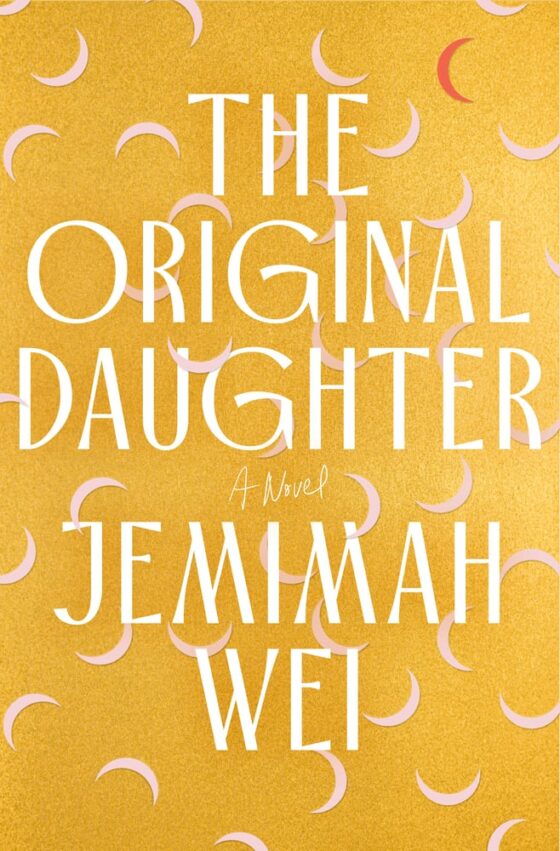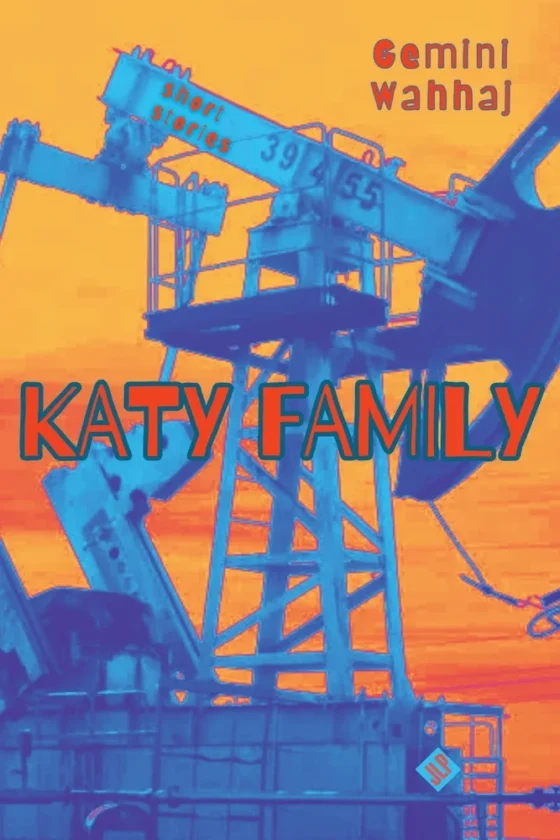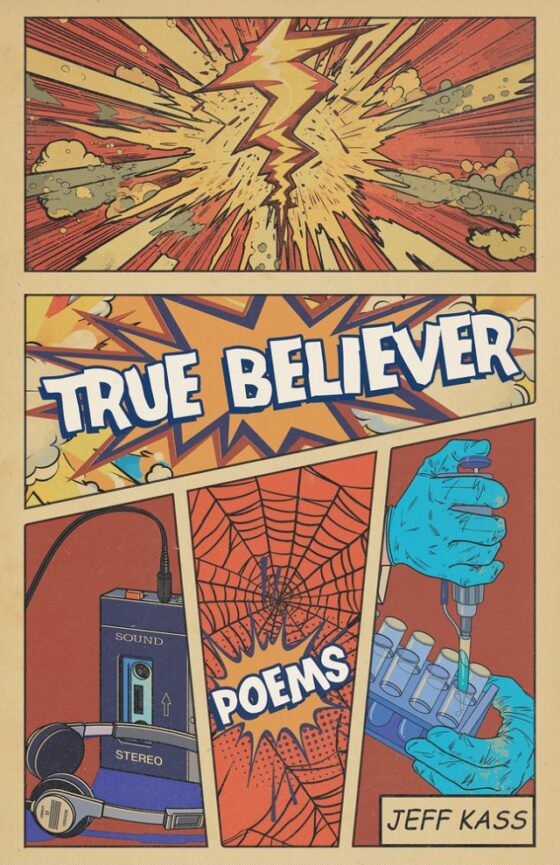Well, it’s been one week under the Trump administration, and already we are living in a land of “alternative facts.” After Kellyanne Conway used the term to defend Press Secretary Sean Spicer’s falsehoods regarding the inauguration crowd size on Sunday, the American people were, understandably, reminded of George Orwell’s 1984, and sales of the book skyrocketed to #1 on the bestseller list by Tuesday night. This, along with Trump’s immediate executive order attacks on immigration, women’s reproductive rights, and the Affordable Care Act, his continued unsubstantiated claims of mass voter fraud, his bizarre implied threat to invade Chicago, and his silencing of the EPA and USDA and the National Parks Service, can make you feel like you’ve stumbled out of the United States of America and into a sci-fi alternate history novel. Underground Airlines author Ben H. Winters had the same feeling and put together ten short stories from ten writers on their visions (or nightmares) of what the world under Trump may look like. The stories are being released one by one over the coming weeks at Salon, and the first, “The Daylight Underground” by Héctor Tobar, released on Tuesday. As Winters writes in his introduction to The Trump Story Project:
Whatever the particulars, the authors of [alternate history] novels are interested in what the world would look like—what it would feel like—if X had happened instead of Y.
For many of us, X happened on Nov. 8 of last year.
Tobar’s story imagines the mass deportations promised by Trump in his campaign, and it is particularly prescient considering Trump’s executive orders on immigration that were handed down on Wednesday, orders that among other things include language vague enough to allow deportation of undocumented immigrants who have not been charged with a crime. Tobar’s story goes a few steps farther and imagines a nation in which even “anchor babies,” children born on American soil to undocumented immigrant parents, are being rounded up and bussed over the border despite their natural-born citizenship. The story opens on a couple spending their last minutes together before they are torn apart by toxic American nationalism.
Now our final decision as a couple. Do we part ways here, and say our goodbyes at this Tucson hotel? Or do you risk coming with me to the collection point a few blocks away? The risk being that some knucklehead federal officer will see us and smirk at us, and steal that one last thing that belongs only to us. Our farewell caress, the last physical expression of our love. That bond with you that has become as much a part of my being as my citizenship once was.
“The Daylight Underground” pulls at the heartstrings as James and Maritza say their goodbyes and walk together but separately—Maritza a few feet in front, so as not to draw unwanted attention from deportation officials—to the collection point where James will be taken away to Mexico and their relationship will be artificially and abruptly ended by a border wall. The moment when James has to walk past Maritza, so close he’s almost touching her, and all they can do is furtively glance at each other as a goodbye, is heart wrenching, and the injustice of such a separation infuriating. Tobar retains a sense of humor, though, as he highlights the American-ness of James and so many of the others in the holding pen, waiting to be shipped away from their home country and into a country many of them have never known.
I decide to take a deep, contemplative breath, and consider this undoubtedly bleak historical moment. My professional observation as a political scientist? The obvious: We’re a wounded community. The soon-to-be deported ripped from the people we’re leaving behind. An old tree with deep and twisted branches, now being sawed through, from top to bottom. The severed bonds of mothers, uncles, sisters, cousins, lovers, and soulmates. I feel our shared nobility, the mixed Mesoamerican-Iberian-Afro-Saxon complexity of us, our twisted bilingual tongues and our triple-tangled DNA, our romantic Latino subconscious and our North American Anglo hang-ups. In our daydreams, we worry. Yes, the Mexican food will we better (by definition); but will we find a decent Starbucks over there, on the other side?
“The Daylight Underground” provides a vision into a reality not too far from our own, an absurdist reality that seems more horrifyingly plausible with every new day in Trump’s America. But more than anything, it offers a window into the undue pain caused by splitting families, dividing lovers, and erasing futures, a grief that many immigrants and refugees are suffering today, that many have been suffering for a long time, and that so many more will have to suffer in our new Trumpian future. As Winters writes in his intro, “fiction has a special power to clarify, galvanize, prophesy, and warn.” So while it may be tempting to hide your head in the sand and hope for the best, we can’t afford that luxury. Read “The Daylight Underground” and the nine other stories in the series as they come out. Open your ears. Heed the warnings. Act. And then, if we can all do that, maybe we can create some hope.
In the valleys beyond Tucson, the flow still runs northward. Our people are coming here, still somehow smuggling their Spanish-speaking selves over walls, through moats and past motion detectors. Risking their lives for jobs grilling burgers and scrubbing bathrooms. Someone has to do it. They will be living harder lives on this side of the border, undocumented laborers laboring in plain sight, deeper in the daylight underground.
“You’ll be back, Matt,” I hear a lady yell across the street. “You’ll be back.”
***
Logo art by Max Winter.

